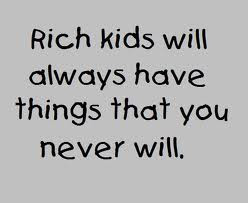This question is quite intriguing in more ways than one. Drawing the line and to be more precise, a person who loves books in its format and qualities or characteristics is called a Bibliophile. Same thing as the term “Bibliophism” connotes, which obviously mean the addictive behavior of collecting books that a Bibliophile possesses. A person who loves to read books are the ones that are often called a “Bookworm”.
But what really is the associative or the common factor that brings about a book and a worm to define someone who loves to read?
If we are to observe more closely a person who is currently engaged in reading some pages from a book, it’s a sensible fact that this person is either absorbing or just browsing the contents of the material. But nevertheless, the only thing that we can see moving is this person’s eyes, or we can sometimes hear him murmur the words that he reads. Analyzing his overall actions, he is motionless or the movements that the reader executes are mostly few, slow and numbered.
This is where our worm enters. The actuations or movements that our reader has exhibited are more likely to describe the characteristics of a worm. According to experts, worm species varies on their movement characteristics. Some worm species do not posses any muscle on its body and actually cannot move on its own. Other species would need a certain force from others in order to move.
With these two motion-related factors, a common denominator allows us to bind both of their characteristics in terms of the amount of movement that they both execute. The worm and a person who is reading both exhibit slow to no movement at all. Thus, the word “Bookworm” which means a person who loves to read books.







